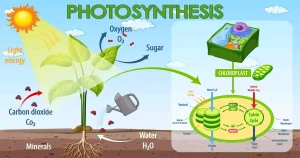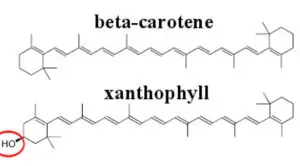Photosynthesis Mechanism
According to the modern theory regarding the molecular mechanism of photosynthesis, this process is a chain of successive redox reactions, which requires sunlight at early stages (Robin Hill phase), while subsequent steps can occur in the dark (F.F. Blackman phase) … Read more



